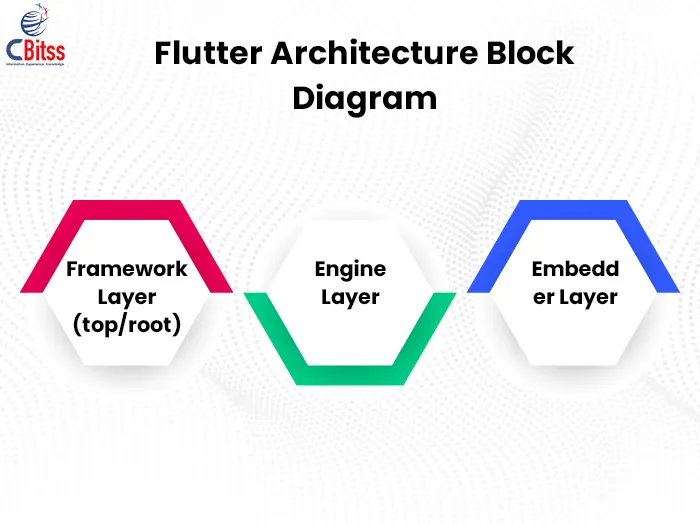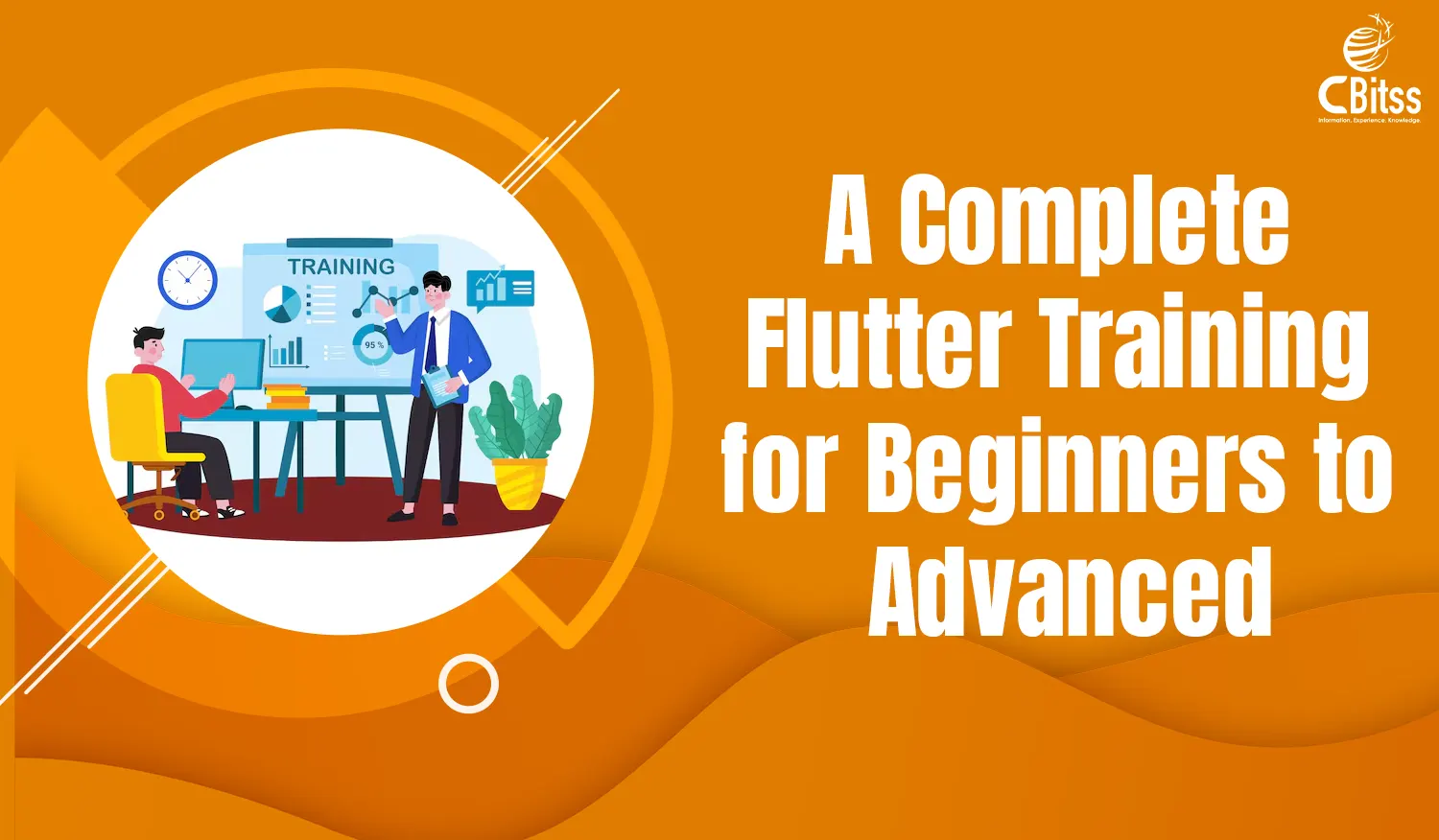Introduction
Google created the open-source UI toolkit Flutter which transformed the way mobile applications are developed. Developers can create native applications across mobile, web and desktop platforms using one single codebase with Flutter. The course A Complete Flutter Training for Beginners to Advanced serves both newcomers and expert developers by teaching everything from basic principles to advanced UI development. This article provides information about Flutter’s architecture as well as various skill levels developers possess and offers guidance on creating efficient stunning user interfaces.
Understanding Flutter Architecture

The architecture of Flutter achieves high performance while maintaining flexibility and efficiency. The structure of Flutter uses layers to enable smooth execution and deliver seamless user experiences. Below is a breakdown of its architecture:
Flutter Architecture Block Diagram
Flutter consists of multiple layers:
The Framework Layer at the top written in Dart includes widgets and libraries for rendering as well as animation.
The Engine Layer built with C++ takes care of rendering UI components alongside gesture management and graphical processing.
The Embedder Layer provides platform-specific code that establishes connections between Flutter applications and their respective platforms including iOS, Android, and Web.
Flutter’s architecture design allows applications to be compiled natively which results in optimized performance on multiple platforms.
Flutter Development: From Beginner to Advanced
Developers advance through several learning stages in Flutter which helps them gradually master its functionalities.
Beginner Level: Getting Started
Developers gain foundational knowledge of Flutter alongside Dart at this initial learning stage. Developers start their journey by installing the Flutter SDK and establishing their workspace before learning Flutter’s widget-based UI system. Key concepts include:
Understanding Stateless and Stateful Widgets.
Developers apply Material Design widgets alongside Cupertino widgets while creating designs that work across multiple platforms.
Running a basic “Hello World” Flutter application.
Intermediate Level: State Management & Navigation
Once comfortable with basic widgets, developers explore advanced concepts like:
State Management Techniques (Provider, Riverpod, BLoC).
Navigation and routing between multiple screens.
Developers use HTTP requests to make API calls and then parse the resulting JSON data.
This level works on enhancing applications by adding interactive features and utilizing data-driven mechanisms.
Advanced Level: Performance Optimization & UI Customization
Developers enhance their abilities at the advanced level through performance optimization and UI element customization. This includes:
Developers use BLoC (Business Logic Component) patterns to build scalable applications.
Implementing animations, gestures, and advanced UI transitions.
App performance boosts can be achieved through the implementation of lazy loading techniques combined with caching strategies and effective state management.
Flutter developers who have advanced skills can create applications that perform natively with high responsiveness and production-level quality.
Exploring Flutter’s User Interface Capabilities
Developers prefer Flutter because of its expressive UI features and flexibility. The framework features different UI components that developers can use to build visually impressive applications.
- Pre-Built Widgets
Flutter delivers Material Design as well as Cupertino widgets which maintain native appearance across Android and iOS platforms. Through its buttons, text fields, sliders, and navigation bars Flutter enables developers to build user interfaces without hassle. - Custom UI Components
Through Flutter’s CustomPaint API developers can create custom UI elements by merging widgets or altering existing ones and drawing on the canvas. Developers can create distinctive animations and interactive UI components through this functionality. - Animations & Motion Effects
Flutter includes advanced animation libraries such as Hero Animations, Implicit Animations, and Lottie Animations. These features improve user engagement by introducing smooth transitions along with interactive elements. - Dark Mode & Adaptive UI
The Flutter framework enables dark mode and adaptive layouts which guarantee that applications maintain visual appeal across various screen dimensions and themes. Developers can build responsive applications across multiple devices using MediaQuery and LayoutBuilder. - Multi-Platform UI Adaptation
Thanks to Flutter’s responsive design features applications adjust naturally to fit mobile, web, and desktop platforms. Cross-platform development benefits from Flutter because it serves as a flexible selection.
App development transformed when Flutter introduced a single-code-based approach for building multiple platform applications. A Complete Flutter Training for Beginners to Advanced teaches users basic widget functions and advanced UI customization along with state management skills. Developers creating basic apps as well as complex enterprise-grade solutions find success through the tools and adaptable features offered by Flutter. The combination of Flutter’s extensive widget library alongside its quick rendering engine and solid architecture makes it the preferred framework for contemporary application development.


